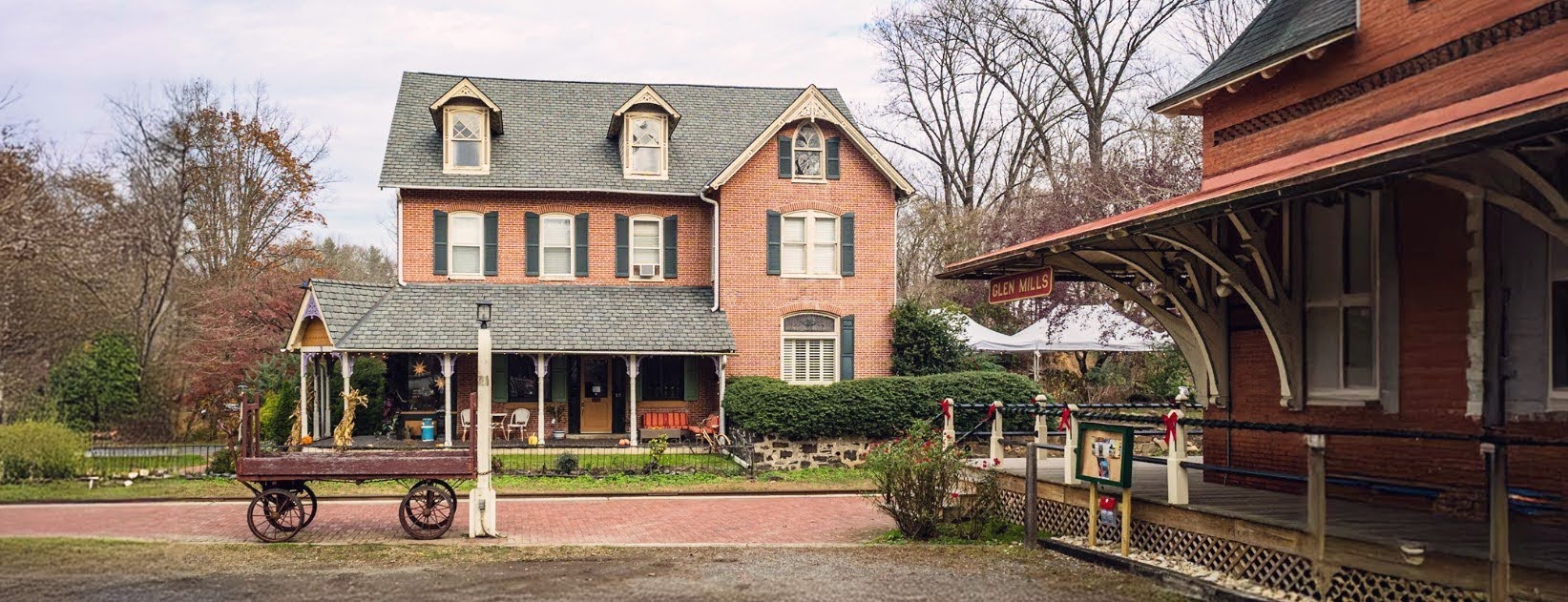Comparing Lodi Zinfandel and Napa Valley reds is like choosing between a rockstar and a classical musician—both have their own allure, but the personalities are worlds apart. Each region brings a distinct flavor to the table, shaped by unique terroir, climate, and vineyard practices. In this comprehensive guide, we’ll dive deep into every nuance, using the kind of wine geek jargon that true enthusiasts crave. We’ll look at stats, taste profiles, and even winemaker insights to help you better understand these iconic California wines.
Terroir Talk: The Soil Speaks Volumes

In the wine world, terroir—the combination of soil, climate, and geography—is everything. Understanding this is the first step to appreciating the differences between Lodi Zinfandel and Napa Valley reds.
- Napa Valley’s Complex Terroir:
- Soil Composition: Over 33 different soil types, including volcanic ash, clay loam, and gravelly silt, creating a veritable “winegrower’s playground”.
- Climate: Mediterranean, with a broad range of microclimates—from cooler AVAs like Carneros to the warm Calistoga region.
- Elevation: Ranges from sea level to 2,600 feet. Higher elevations like Howell Mountain produce more tannic, age-worthy reds.
- Resulting Wine Styles: Structured, balanced, and complex—Napa Zinfandels are often described as “the Cabernet drinker’s Zin”.
- Lodi’s Unique Conditions:
- Soil Composition: Predominantly sandy loam, interspersed with patches of clay, which allow for excellent root penetration.
- Climate: Hotter overall, but benefits from the cooling breezes of the San Joaquin Delta. This combination results in longer ripening seasons.
- Vine Age: Home to many of California’s oldest vines—some over 120 years old—producing low-yield, highly concentrated fruit.
- Resulting Wine Styles: Big, bold, fruit-forward, and unabashedly jammy—Lodi Zinfandels are known for their exuberant flavors and plush textures.
Learn more about the unique qualities of Lodi’s climate and its impact on winemaking at Lodi Wine Blog: Why Lodi Produces Delicate, Fragrant Styles of Red Wine.
| Terroir Characteristics | Napa Valley | Lodi |
|---|---|---|
| Soil Types | 33 soil series—volcanic ash, clay loam, silt | Sandy loam with patches of clay |
| Climate | Cool mornings, hot afternoons, diverse microclimates | Hot days, cool nights from Delta influence |
| Elevation Range | Sea level to 2,600 feet | Predominantly flat, 50-150 feet |
| Vine Age | 30-50 years | 50-120+ years |
| Key Style Traits | Balanced acidity, structured tannins, complex aromatics | Bold fruit, plush mouthfeel, softer tannins |
Climate Data: The Grape Ripening Battle
Napa and Lodi’s contrasting climates are pivotal to their respective wine styles. In Lodi, the 3,350 degree-days during the growing season contribute to extremely ripe, concentrated Zinfandels. Napa, on the other hand, ranges between 2,900-3,200 degree-days, leading to a more nuanced ripening process that enhances acidity and tannin development.
| Climate Characteristic | Napa Valley | Lodi |
|---|---|---|
| Degree-Days | 2,900-3,200 | 3,350 |
| Annual Rainfall | 24-30 inches | 15-20 inches |
| Diurnal Shift | 20-30°F | 25-35°F |
| Growing Season | Moderate to long | One of the longest due to Delta breezes |
Old Vines: The Heritage Factor
Lodi is home to some of California’s oldest Zinfandel vines, many of which date back to the early 1900s. These ancient vines are prized for their ability to produce low-yield, highly concentrated grapes that create intense, complex wines. In Napa, while Cabernet Sauvignon dominates the old vine landscape, there are select parcels of Zinfandel in regions like Calistoga that reach over 80 years in age.
For a comprehensive understanding of how these old vines contribute to Lodi’s distinctive profile, visit Lodi Wine Blog: The Perpetual Mischaracterization of Lodi Zinfandel.
| Vine Age Impact | Napa Valley Zinfandel | Lodi Zinfandel |
|---|---|---|
| Average Vine Age | 30-50 years | 50-120+ years |
| Concentration | Moderate concentration, structured tannins | High concentration, rich, plush tannins |
| Style Influence | Balanced, nuanced | Explosive, fruit-forward |
Tasting Notes: Decoding the Palate

When tasting Zinfandels from Lodi and Napa Valley, it’s not just about flavor—it’s about texture, aroma, and the entire sensory experience.
- Napa Valley Zinfandel:
- Nose: Black currant, cassis, with undercurrents of anise and cedar.
- Palate: Medium to full-bodied with a core of dark berries, brambly notes, and a savory edge.
- Tannin Structure: Firm, gripping, perfect for aging.
- Finish: Long, with lingering spice and minerality.
- Lodi Zinfandel:
- Nose: Explosive aromas of ripe plum, cherry jam, and sweet tobacco.
- Palate: Full-bodied, lush, and mouth-coating, with rich flavors of blackberry pie, licorice, and dark chocolate.
- Tannin Structure: Soft, rounded, approachable.
- Finish: Velvety, with a juicy, fruit-driven aftertaste.
To delve deeper into the unique taste profile of Zinfandel, check out Wine Folly’s Zinfandel Guide, which provides a detailed breakdown of the varietal’s classic tasting notes.
| Tasting Characteristic | Napa Valley Zinfandel | Lodi Zinfandel |
|---|---|---|
| Nose | Black currant, cassis, cedar, anise | Plum, cherry compote, sweet tobacco |
| Palate | Balanced, with dark fruit and firm tannins | Lush, jammy, with a sweet, fruit-forward profile |
| Finish | Long, structured, slightly savory | Soft, round, with lingering sweetness |
| Acidity | High, adds freshness | Moderate, contributes to plush mouthfeel |
For a more refined tasting experience, pair Napa’s sophisticated Zins with our Napa Valley Red Wine Blend or explore the delicate nuances of Sonoma Pinot Noir for a contrasting experience.
Final Thoughts: Finding the Right Zinfandel for Your Palate
Whether you prefer Lodi’s bold, fruit-forward style or Napa’s nuanced, structured reds, there’s no shortage of fantastic options. If you want to experience the best of both, explore our full lineup at Red Brick Winery. Consider joining our Wine Club to stay updated on exclusive releases and enjoy curated selections that highlight the diversity of California winemaking.
Cheers to finding your perfect pour!











